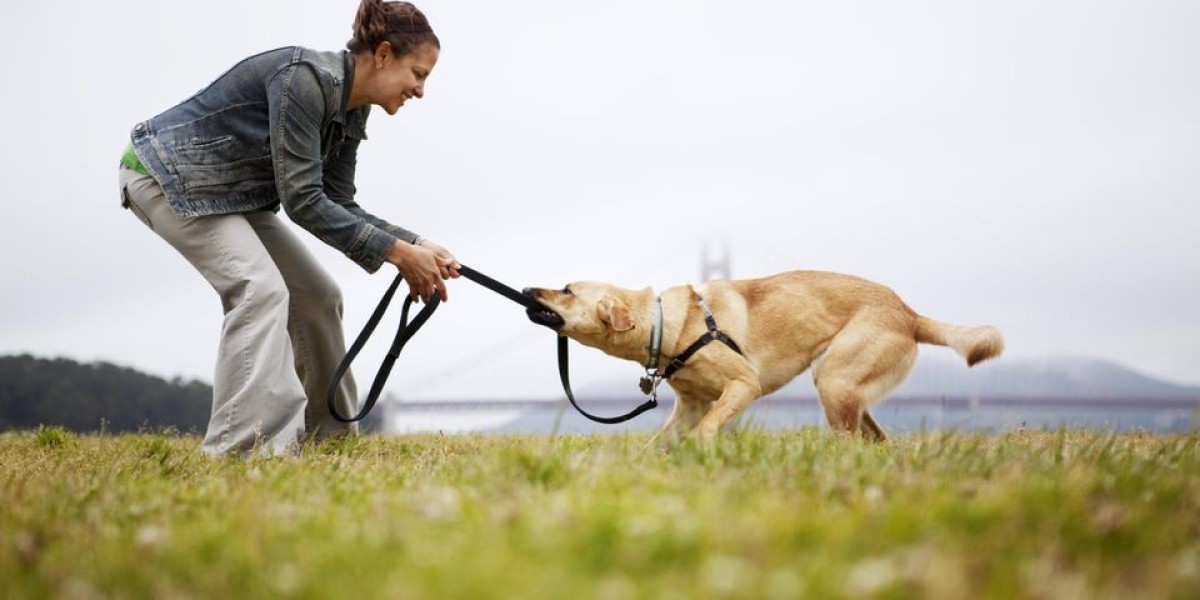Have you ever wondered what your furry friend is trying to tell you through those wagging tails and perky ears? Dogs communicate with us not only through barks and whines but also through their body language. By decoding these signals, you can strengthen your bond with your canine companion and ensure a happier, healthier relationship.
1. Tail Talk:
A wagging tail doesn't always mean your pup is happy. The height and speed of the wag can reveal a lot. A high wagging tail indicates excitement or confidence, while a low wag may suggest submission or uncertainty. Rapid wagging often signals happiness, while a slow wag might mean caution.
2. Ears and Eyes:
Pay attention to your dog's ears and eyes. Erect ears and a focused gaze suggest alertness and interest. If the ears are pinned back, it could indicate fear or submission. Dilated pupils may signal excitement or stress, while squinting eyes might mean your pup is content.
3. Posture Matters:
A dog's overall posture can convey a range of emotions. A relaxed and open posture signifies comfort and confidence, while a hunched or tense body may indicate fear or anxiety. If your dog leans into you, they're expressing affection and seeking closeness.
4. Paw Play:
Watch out for paw movements. If your dog lifts one paw, it might be a sign of uncertainty or a playful gesture. Scratching at the ground after eliminating is a natural instinct, signaling your pup's attempt to mark their territory.
5. Mouth Expressions:
A dog's mouth can reveal a lot about their mood. A relaxed, slightly open mouth suggests contentment, while bared teeth may signal aggression or discomfort. Yawning is not always a sign of tiredness; it can also indicate stress or unease.
6. Sniffing and Licking:
Dogs use their noses and tongues to explore the world and communicate. Sniffing can be a sign of curiosity, and licking is often a display of affection. Excessive licking might indicate anxiety or a desire for attention.
7. The Power of Barks:
Different barks serve various purposes. A sharp, quick bark may signal excitement or a warning, while a lower, prolonged bark might indicate boredom or loneliness. Pay attention to the pitch and intensity to better understand your dog's message.
Understanding your dog's body language is like unlocking a secret code to their emotions. By observing these subtle cues, you can respond appropriately to your pup's needs, fostering a deeper connection and ensuring a happy, healthy relationship between you and your four-legged friend.







